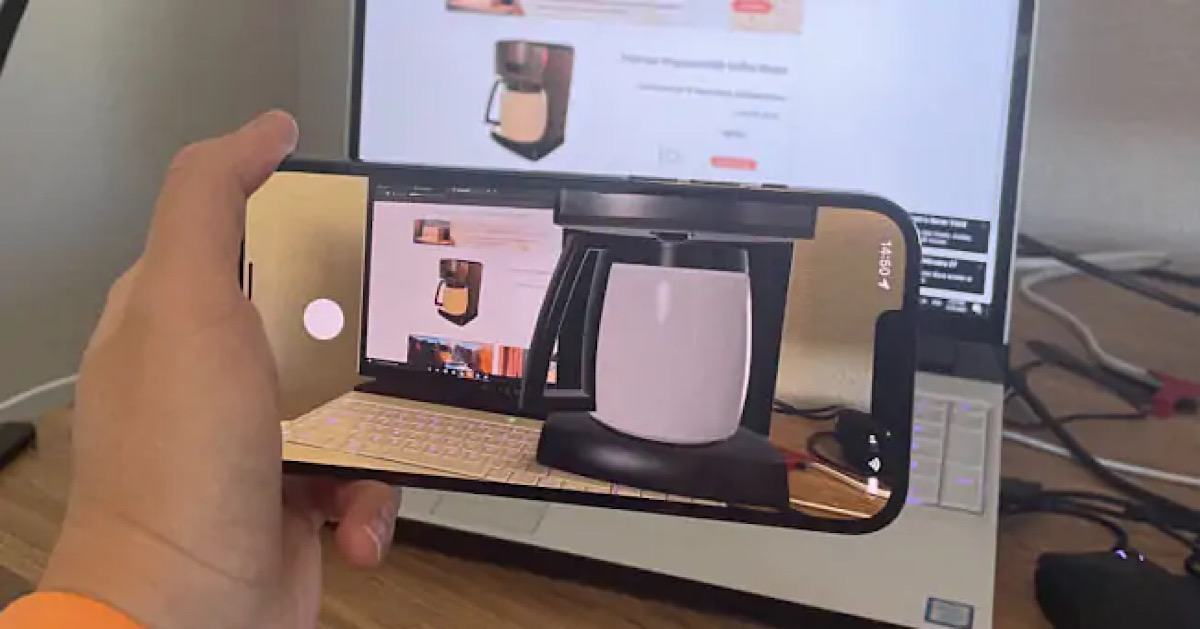
Adobe Unveils New Augmented Reality Shopping Tool – Impact Lab
The prototype is designed to make it easier for consumers to picture products in their living space.
Adobe is debuting a new tech designed to make it easier for retailers to embed augmented reality (AR) shopping options into their websites.
The enterprise software giant announced a tool that allows consumers to point their phone at a product image on an ecommerce site—and then see the item rendered three-dimensionally in their living space. Adobe says the true-to-life size precision—and the ability to pull multiple products into the same view—set its AR service apart from others on the market.
The tool is still undergoing internal testing and is not yet available to outside retailers. Unveiled during the annual Adobe Summit this week, it comes after AR shopping saw a surge in popularity during the pandemic as virtual try-on—and other at-home product testing served as a substitute for store visits.
But Chang Xiao, the Adobe research scientist who created the tool, said many of the AR services currently on the market provide only rough estimations of the size of the product. Adobe is able to encode dimensions information in its invisible marker code embedded in the photos, which its computer vision algorithms can translate into more precisely sized projections.
The tool also allows the potential for consumers to mix and match products across different ecommerce websites that employ Adobe’s technology, according to Xiao.
“For example, you want to buy a coffee maker and you scan the coffee maker and it will appear through your phone on your desk. Then you go to another website, this time to buy a coffee mug and then you can add it to the same order—you don’t need to close the app or restart—and the coffee mug will also appear,” Xiao said. “And then you can rearrange them in whatever order you want and view them in the same area. And you’ll get a sense of how these two products will be organized in the same view.”
In order for the tool to work, Xiao said, retailers must embed a flickering marker into their product images—invisible to the human eye but detectable to the computer vision built into Adobe’s mobile app. The company is still deciding the best way to notify customers that a particular website features the tech, whether through a logo or a small snippet of text.
This content was originally published here.


